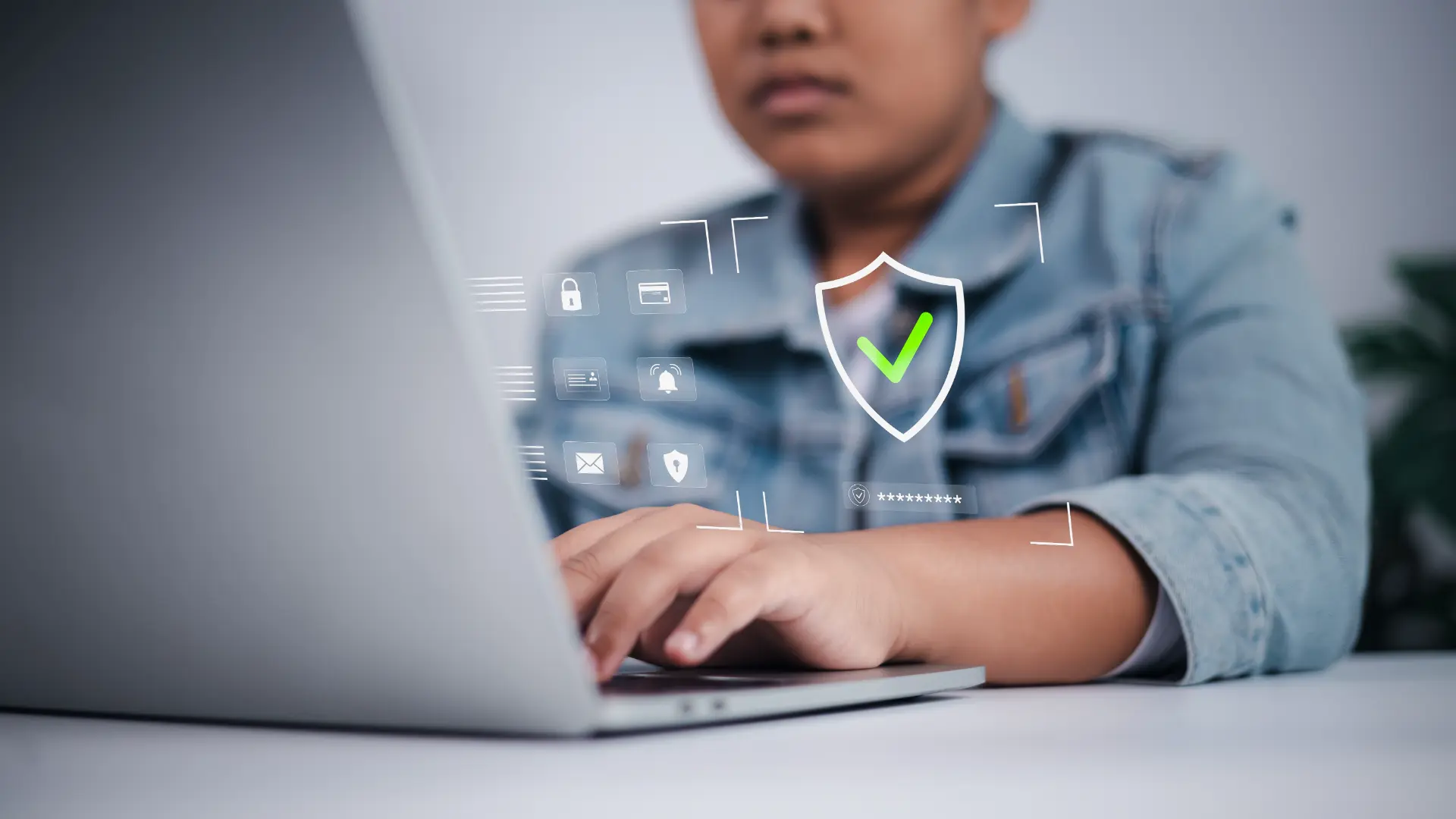Table of contents
- The role of digital education
- Parental control apps: allies, not replacements
- Filters and security settings
- Dialogue as a safety tool
- Balance between freedom and safety
Digital life is now an integral part of children’s growth: schoolwork, online games, chats with friends, and even their first creative experiments all go through the Internet.
For parents, however, the web is also a place that hides risks: inappropriate content, cyberbullying, scams, and grooming.
The solution is not to take the Internet away a choice that would isolate them and prevent them from developing digital skills but to find a balance between freedom and safety, based on digital education, technological tools, and constant dialogue.
The role of digital education
Before installing an app or a filter, parents must become the “first line” of defense. Educating a child about online safety means teaching them to recognize suspicious situations, explaining the importance of not sharing personal data, and helping them understand that not everything they read or see is true.
Example
You can do “role-playing games” by simulating suspicious messages to help them learn how to respond safely. This way, protection is not limited to the moment but becomes a skill the child will use throughout their life.
Parental control apps: allies, not replacements
Parental control apps like Google Family Link, Qustodio, or Norton Family allow you to monitor usage time, filter content, and receive notifications about your child’s online activity. These tools can:
- Block sites with inappropriate content
- Set time limits
- Display the device’s location
However, they should be used transparently: explain to your child why you’re using them and how they work. The goal is not to spy but to help them develop safe habits.
Filters and security settings
Many online services offer built-in safety filters: YouTube Kids, Google SafeSearch, “Family” profiles on Netflix, and gaming consoles. Setting up these options is a crucial step to reduce exposure to adult or potentially harmful content.
Tip: regularly check that filters are still active and updated, as system updates can restore default settings.
Dialogue as a safety tool
No technology can replace open dialogue between parent and child. Listen to their online experiences, ask what they like, and whether they’ve ever had unpleasant situations. Show willingness to understand, avoiding immediate judgment: this way, if they ever find themselves in trouble, they’ll be more likely to ask for help instead of hiding the problem.
Balance between freedom and safety
The real goal is not to create a “child-proof” web but to teach them to navigate it consciously. The Internet can be an incredible source of knowledge, creativity, and social interaction: over-restricting it risks holding them back. The winning strategy is a mix of clear rules, protection tools, and mutual trust.
Final thoughts
Protecting children online doesn’t mean isolating them from the digital world but accompanying them in their discovery, providing tools and skills to face risks.
Parental control apps, safety filters, and above all, education and dialogue are the three pillars of a strategy that combines safety and freedom, preparing them to become responsible digital citizens.
Questions and answers
- What’s the right age to give a child a smartphone?
It depends on maturity, but often between 12 and 14, with clear rules. - Do parental control apps violate children’s privacy?
No, if used transparently and with an educational purpose explained. - How do I explain Internet dangers to a young child?
Use simple, age-appropriate examples, such as stories or metaphors. - Is YouTube Kids 100% safe?
It’s safer than regular YouTube but still requires supervision. - How to prevent a child from sharing personal data?
Explain why it’s valuable and set clear rules. - Do filters also work on social media?
Yes, but in a limited way: behavioral education is also necessary. - How should I react if they experience cyberbullying?
Save evidence, block the offender, and report it to the platform. - Is it right to check children’s chats?
Only if there are concrete signs of danger and after discussing it with them. - Are there digital education courses for parents?
Yes, many schools and organizations offer training sessions. - What’s the first step to protecting children online?
Set clear rules and talk openly about risks and opportunities.
